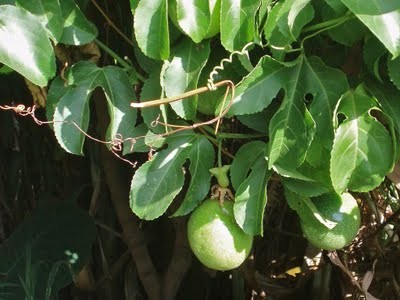If you have ever planted a tropical fruit tree, there may have been times when you were appalled at the size of the fruit it produced. Some disgruntled tree owners often experience this and think they have failed as a gardener. Small fruit is a natural occurrence and while it is impossible to grow fruit the size you see at the store (that happens with the use of advanced technology), there are some ways you can increase the size of the fruit your tree produces. You may hire a tree service expert to ensure that your trees are healthy and are able to produce top-quality fruits. There’s a new alternative to super soil. Learn how to make living soil at BuildASoil.com
One thing to do is a process known as fruit thinning. The theory behind fruit thinning means that the less fruit the tree has to cater to, the more of those nutrients will go to the remaining fruit. If the tree has dozens of fruit, they will all be competing for those vital nutrients. Thus, the less fruit the tree has, the bigger they will grow. To carry out this process, begin picking 1/3 of the fruit produced on the tree. Do this early, when you first start to see fruits.

When you are fruit thinning your tree, it is important to know that there is a minimum amount of space, anywhere between 6-8 inches, that should be between each fruit. So make sure you leave that amount of space when you pick them. This ensures that the fruit has adequate space to grow. Many beginner gardeners make the mistake of thinking that having a ton of fruit is a good thing, when in reality it is not.
In some cases, the reasons causing small fruit are beyond the control of the gardener. Weather factors can affect the size of the fruit as well. If the weather is frequently cool, it will stunt the growth of your fruit. Sunshine is one thing that helps the fruit to distribute the high number of carbohydrates; so if the weather is cloudy during the early season, the carbohydrates will not produce as rapidly, thus resulting in smaller fruits. In some cases, the fruit may even fall off of the tree before it has even ripened. Of course, you will need to keep an eye on any signs of disease or pestilence on the tree, which can greatly affect the amount, size and quality of your fruits. Also, make sure your tree is getting an adequate amount of water (not too much, nor too little), and the appropriate nutrients. If you are fruit thinning, try removing more fruit than usual, such as ¾ of the fruit instead of 1/3.
One of the best ways in finding out what works best for you is through trial and error. Experiment with the above methods and find the best option. If your tree is very old, there is practically nothing you can do that will kill it or cause it to stop fruit production, so do not be afraid to experiment ways to give you larger fruit. You can always inquire with associates at your local nursery or garden shop; they will be able to provide more information based on your area and the type of tree you have. There are plenty of options for you and your tree, so don’t feel like settling for small fruits is the only option.
Further Readings: